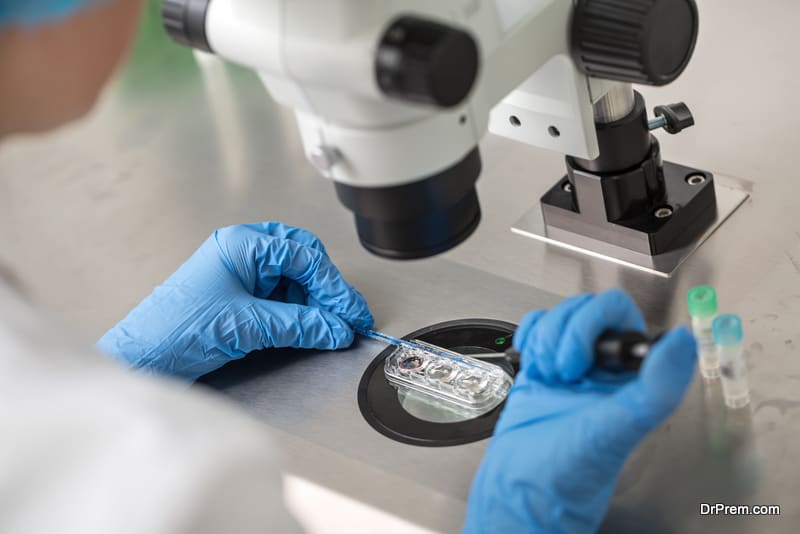Following an intensive in-patient detoxification program, many recovering addicts struggle to acclimate to home life. What was once a recognizable and familiar scene may now seem like foreign territory or even worse, an invitation for relapse. The corner liquor store, neighborhood bar, or effortless access to illegal substances can all be deadly traps to an individual fresh out of rehab. Typically, addiction counselors will discuss the nature of temptation to addicts prior to their release from a facility, however if you or someone you know is struggling to stay on the straight and sober path consider these suggestions.
Reevaluate your Ties
You become the average of the five people you spend the most time with. So, if you spend the majority of your time with individuals who abuse alcohol, pop pills, or engage in addictive behavior, you have a significantly higher chance of mimicking their behaviors. Addicts regularly admit that either a portion or all of their friends have similar substance dependence issues. If you’re attempting to follow through with recovery, be cautious to avoid these types of individual.
There’s nothing wrong with being a kind or supportive friend, but that doesn’t mean you should fall back into the same patterns. Make it clear that you will not take part in self-destructive behavior that may jeopardize your sobriety.
Monitor Progress
Sobriety is achieved one day at a time. Avoid making blanket statements like, “I will never drink again.” These types of shallow promises tend to generate not only anxiety but come off as misleading to friends and family who’ve witnessed the user first hand. Instead, take each day as it comes with the intention to steer clear of the substance. It can be helpful to track the number of days in your sobriety, like many 12-step programs encourage. Alcoholics Anonymous (AA), for example, gives you a chip as a symbol of your recovery. In total, there are 13 chips given to member within the first year of sobriety.
Manage Withdrawals
Many individuals may battle with withdrawals symptoms or flash-backs even after the detoxification process. Pharmaceutical remedies can be successful in treating severe reactions like seizures and tremors, but it’s strongly recommending to adopt a mindfulness practice. Meditation is a formidable way to control cravings and relieve anxiety. A number of facilities offer education and resources to help their patients learn about meditation. At the Ambrosia Treatment Centers, for example, there is a course in Zazen Meditation. It focuses on coordinating the breath, body, and mind:
“The position of the body has a great effect on the breath and the mind; control of the breath affects the mind and the body; and thoughts create a reaction in the body and the breath.”
Sal Raichbach is the Clinical Director for Ambrosia. “One of the residential options includes holistic drug rehab,” says Raichbach. “This program focuses on ways to work through your addiction while concentrating the healing process in your mind, body, and spirit. In other words, it is a way to treat an addiction without the help of other substances.”





